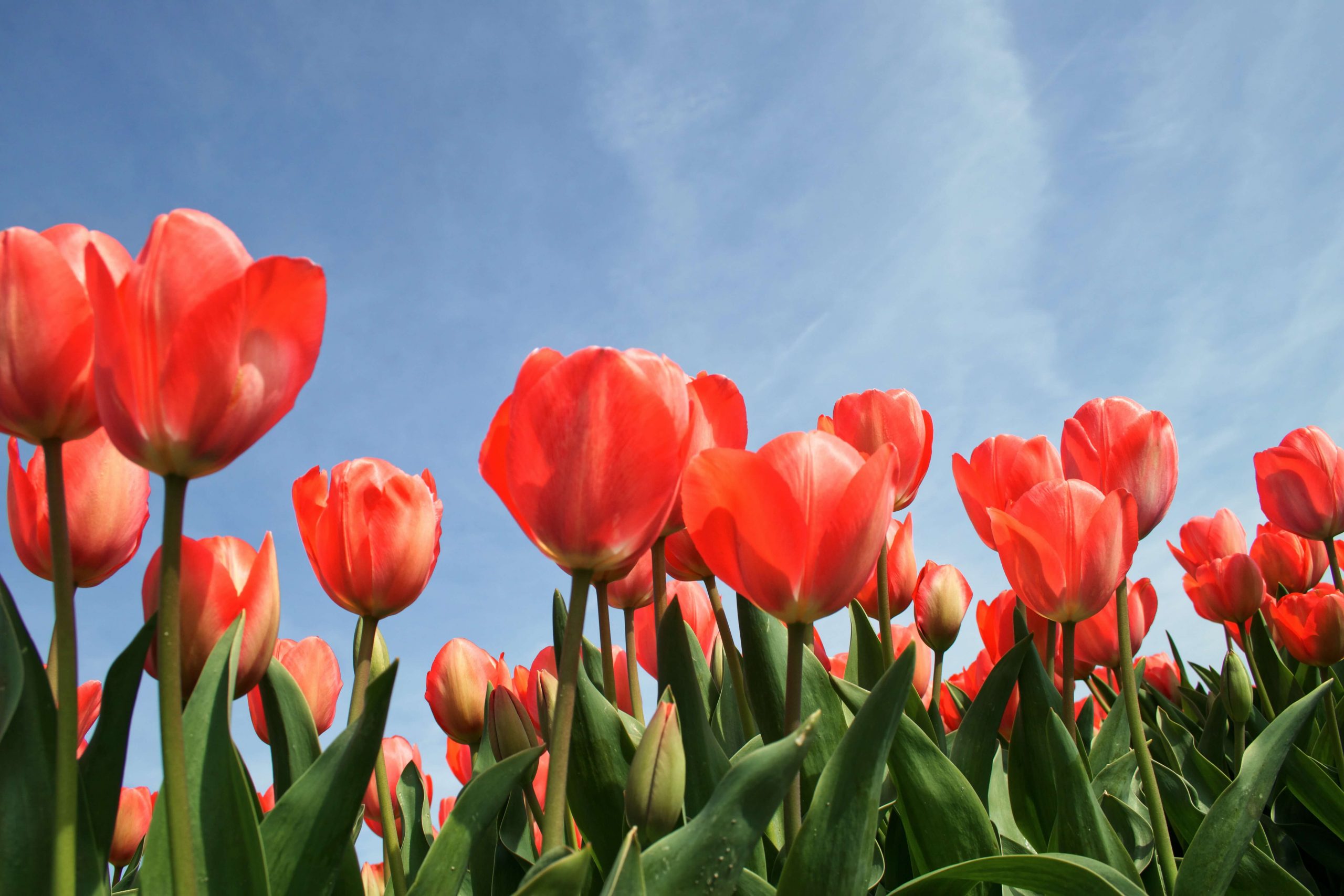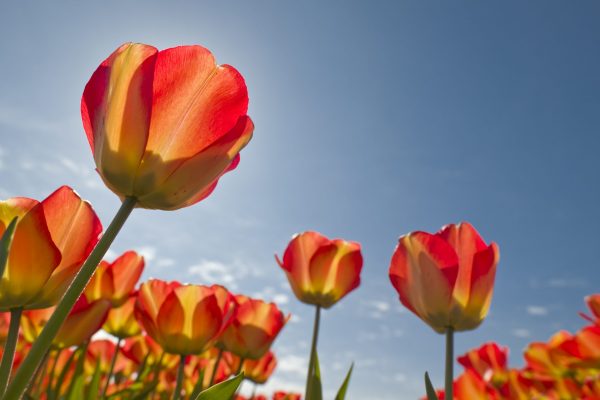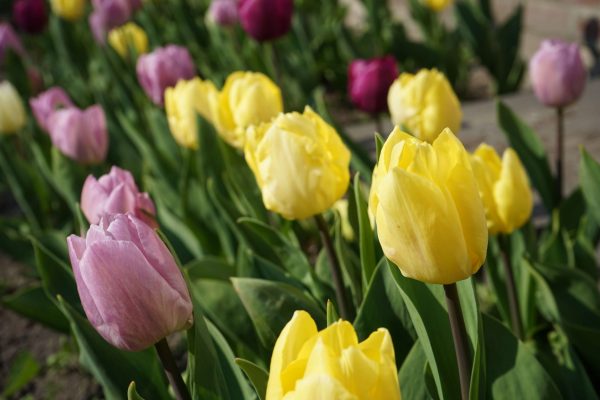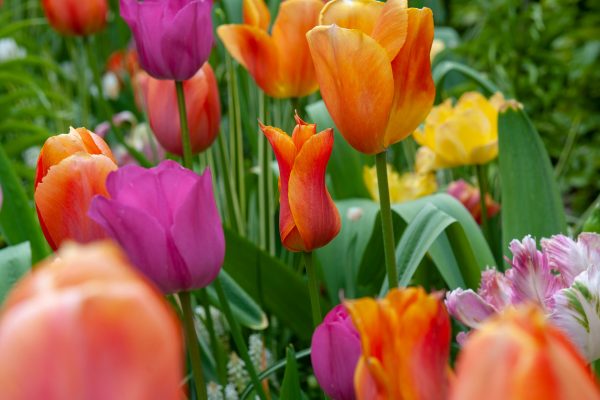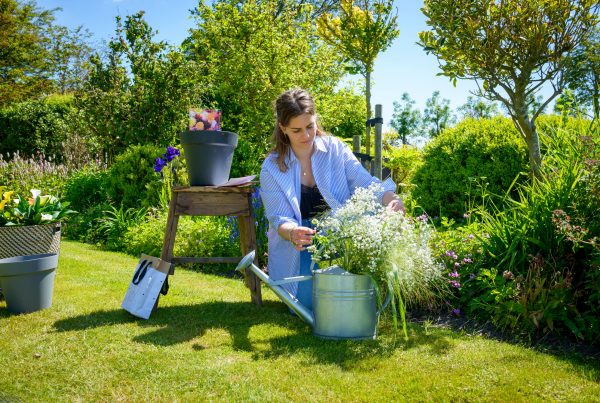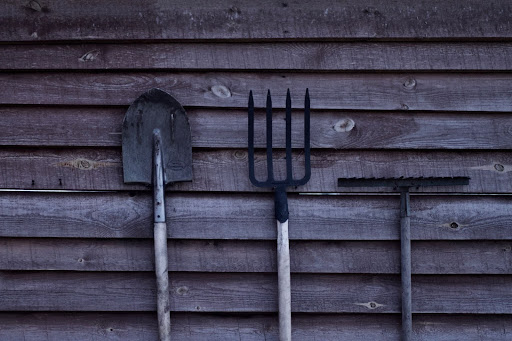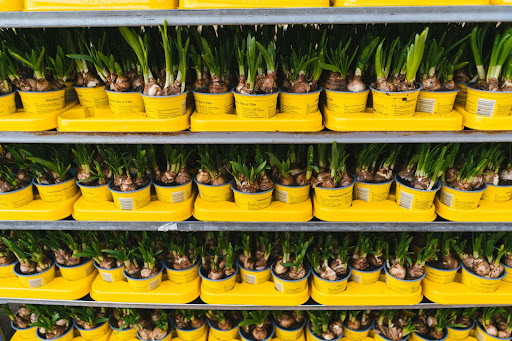The Netherlands are well known for the tulip fields and the Keukenhof, which look absolutely beautiful when in bloom. Although the tulips from Holland are known worldwide, not everyone is familiar with the origin of the flower bulb. Since we have the award-winning Triumph tulip in our collection, we wanted to celebrate this gorgeous flower. So take a look at a brief history of tulips!
Where the tulip actually came from
Even though the tulip found its way around the world from the Netherlands, it sure isn’t the birthing ground from which it came. It all started in Kazakhstan in the 16th century. The Ottoman Empire, also known as the Turkish Empire, took control over a part of Kazakhstan. In the mountains, the Turks discovered the wildflowers called tulips and obviously were very impressed with its beauty. Suleyman the First was the sultan and leader of the Empire at that time and demanded the cultivation of some of the tulips for his garden. So the cultivation of the tulip started as early as 1000 AD. The flower bulb became so popular in the early 18th century that the ‘Tulip Era’ or ‘Age of the Tulips’ began. They gained so much in popularity that entire festivals were held in honor of the flower. You also risked exile if you bought or sold the tulips outside of the capital.
It is clear as day that the tulip was found to be beautiful and popular. However, there is some debate about the origin of the name. It is said that the tulip got its name from the Persian word ‘tulipan’ which means turban, because the flower resembled a turban. The Turks had the same idea and named the flower after the Turkish word for turban. The Latin name ‘tulipa’ isn’t that much different from the Persian or Turkish name, to keep it simple.
Journey to the netherlands
You might think that the Dutch went all the way to Turkey themselves, yet the truth is a whole different story. The journey that the tulips took to get to Holland starts in Turkey, with Sultan Suleyman. He began by giving some of the tulip bulbs to important guests. One of these guests was the Viennese ambassador of Constantinople, Ogier Ghiselin de Busbecq.
When de Busbecq returned home to Austria, he gave some of the flower bulbs to his friend Carolus Clusius. At the time the botanist was in charge of managing the Imperial gardens of Austria and worked with medicinal herbs. In the meantime, the Hortus Botanicus in Leiden was opened in 1587, the oldest botanical garden in Europe. In 1593 Clusius was appointed head botanist, or Hortulanus, and director of the Hortus Botanicus in Leiden. Initially, he was hired to do research for medicinal plants.
Thus Carolus Clusius investigated the medicinal purposes of the tulip bulbs. He was convinced of their scientific value and not very interested in their beautiful demeanor. Some artists drew the tulip because of its stunning appearance. These drawings became pretty famous among the Dutch population which in turn raised the interest and made the tulip an even more popular flower bulb. At that time the tulip bulbs were very hard to come by, thus making them very very expensive. The flower bulb became more and more popular as decoration for your garden at the start of the 17th century. This made the flower bulbs an interesting object to trade with or to sell. Yet Clusius wasn’t interested in selling the tulip bulbs. He’d rather just continue with his research and hobby, this made him very protective of and secretive about his bulbs. With the tulips growing popularity in the Netherlands, his attitude made sure that the fire was fueled and kept burning. Eventually, the demand for tulip bulbs was so high that some of Clusius’ collection of bulbs was stolen from his own garden. Well, not just some, over a hundred bulbs were stolen from his wide collection between 1596 and 1598. Looking back, this is the moment that is marked to be the beginning of ‘Tulipomania’, a time in which botanists started to explore and develop the tulip bulbs. During the height of the Tulipomania a rare specimen of the flower bulb would have insane prices, for example, some could cost as much as a house along the canals of Amsterdam.
Plant & Bloom wants everyone to enjoy flower bulbs as much as Sultan Suleyman could back in his day. Our flower bulbs come in a decorative gift box including all the instructions for planting. The tulip has been in our midst for a long time and now we have a winning flower bulb among us as well, the Triumph tulip! Check out the online shop now or read more articles about gardening for tips and tricks on our blog.


